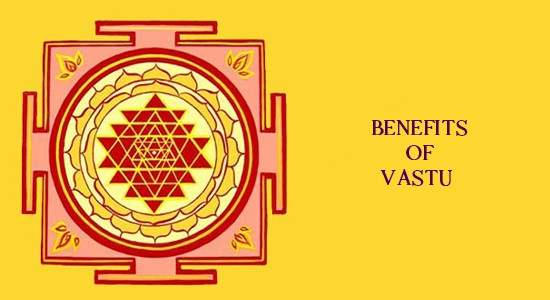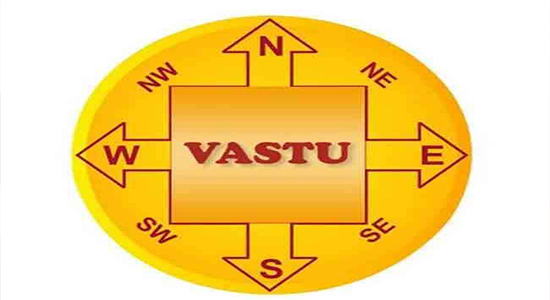
Vastu


Vastu shastra is a traditional Indian system of architecture based on ancient texts that describe principles of design, layout, measurements, ground preparation, space arrangement, and spatial geometry.
Vastu
Vastu Shastra are the textual part of Vastu Vidya - the broader knowledge about architecture and design theories from ancient India. Vastu Vidya is a collection of ideas and concepts, with or without the support of layout diagrams, that are not rigid. Rather, these ideas and concepts are models for the organisation of space and form within a building or collection of buildings, based on their functions in relation to each other, their usage and the overall fabric of the Vastu. Ancient Vastu Shastra principles include those for the design of Mandir (Hindu temples),and the principles for the design and layout of houses, towns, cities, gardens, roads, water works, shops and other public areas. Vastu rules are Shape: The rooms of your house should preferably be square or rectangular. Room Basics: Rooms should be airy, well lit, bright, and clean, Home Centre: The centre of the house should be an empty space. Stairs and Furniture, Water, Dining Table, Mirror Placement.


Benefits of Vastu
The whole purpose of Vastu Shastra is to create and attract positive cosmic energy. And this energy helps us to do better in our work and live a fuller life. People living or working at a Vastu compliant place are said to lead a healthier and happier lifestyle. Vastu suggests the right colour, format, shape, and directions to ensure positivity and happiness in each corner of your house. For a house to become a home, it must have a certain energy, and Vastu states that the person living in a house comes under the influence of that energy.


